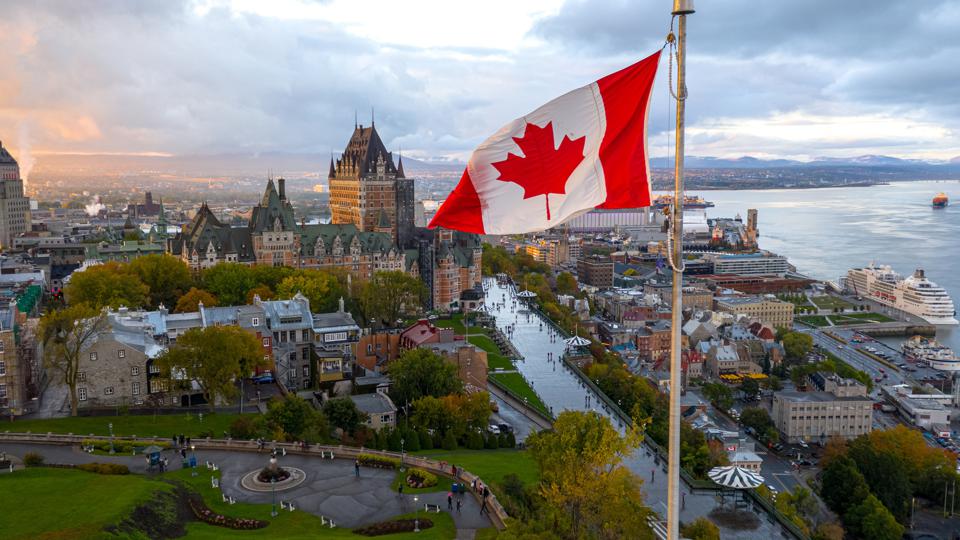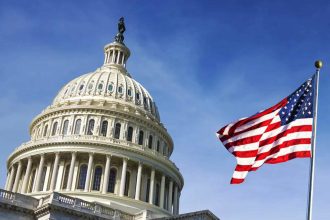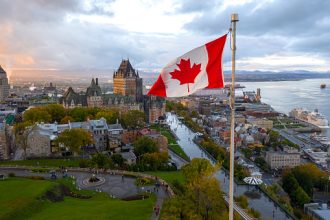Nigeria has been ranked as the fourth largest source country for study permits to Canada, according to recent reports detailing the economic impact of international education on Canada.
Study permits from Nigeria, India, the Philippines, Hong Kong, and Colombia collectively contributed $30.9 billion to Canada’s GDP in 2022, amounting to 1.2% of Canada’s GDP for that year.
The report, which includes both long-term students at schools, colleges, and universities, as well as short-term students, emphasizes that international education “plays an important role in the globalization of [the Canadian] economy, allowing it to thrive in a fast-changing and competitive environment.”
The number of international students in Canada surged by a significant 61%, from 523,971 in 2016 to 844,444 in 2022.
The update estimates that international students spent approximately $37.3 billion on “tuition, accommodation, and discretionary items,” even when accounting for Canadian scholarships and bursaries. This spending supported the equivalent of 246,310 jobs in Canada and contributed a substantial $7.4 billion in tax revenue in 2022.
“The year 2022 saw the highest number of long-term students in Canada, following a dip in 2020 and 2021 due to travel restrictions brought on by the COVID-19 pandemic,” the report stated.
The analysis further indicated that the economic contributions of international students to Canada continue to grow. With the increasing number of international students, overall spending more than doubled between 2016 and 2022, rising from $15.5 billion to $37.3 billion, representing an annual increase of 15.7%.
The report noted a steady increase in the number of overseas students in the country, with previous reports published in 2008, 2010, 2014, 2015, and 2016 all documenting consistent growth.
In total, Canada hosted 844,444 international students in 2022, with the majority (769,515) classified as long-term students. Ontario had the highest number of international students, housing 432,272, which accounted for over half (51%) of the total international student population in Canada at the time. Following Ontario, British Columbia had 186,886 international students, making up 22% of the international student population in 2022.
While Prince Edward Island had only 4,491 international students in 2022, the report highlighted that the area recorded the highest percentage increase in the number of study permit holders, with an increase of over 1,800% from 2000 to 2022. Conversely, Nunavut and the Northwest Territories were the least popular destinations for international students in 2022, with five and 35 students, respectively.
The substantial presence of international students in Canada, particularly from countries like Nigeria, India, the Philippines, Hong Kong, and Colombia, underscores the significant role that global education plays in the economy and cultural exchange. This influx significantly contributes to Canada’s economy and exemplifies the interconnectedness of global education systems. However, ongoing challenges such as visa approval disparities and policy shifts need to be addressed to sustain and enhance these benefits.















